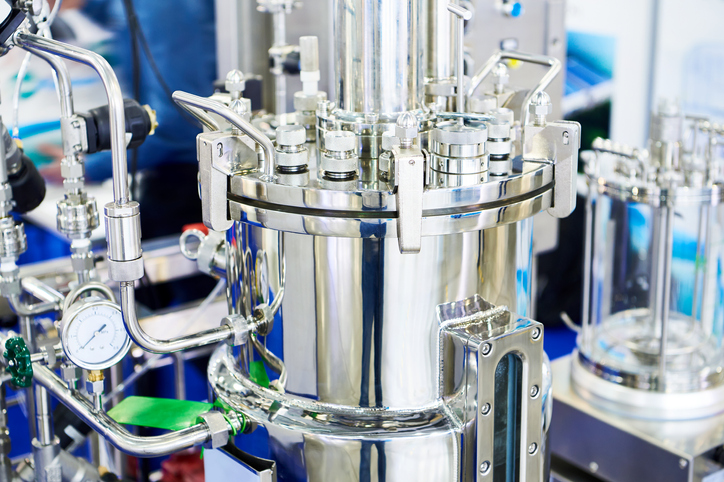Time creates one of the biggest challenges for bioprocessors. Beyond the economic benefits of doing things faster, speed also impacts the efficacy of some therapies. So, many scientists and companies hope to add real-time elements to bioprocessing.
Various real-time applications could enhance the production of biotherapeutics. As one example, Rohan Jain, PhD, a research group leader at the Helmhholtz Institute Freiberg for Resource Technology in Germany, and his colleagues reported that machine language allows modeling real-time estimates of a biotherapeutic’s critical quality attributes.
In addition, Mariano Bournazou, PhD, a bioprocess modeling and automation expert at DataHow in Switzerland and a project leader at the KIWI-biolab in Berlin, and his colleagues explained that some forms of modeling “should be able to find an optimal feeding trajectory in real-time.”
In addition to modeling, scientists explore other real-time approaches to improving bioprocesses. For instance, Andras Gyorgy, assistant professor of electrical engineering and bioengineering at New York University Abu Dhabi, and his colleagues described a way to use genetic engineering to optimize the performance of a bioprocess. As these scientists noted, they developed “a blueprint for a genetic optimizer module that dynamically adjusts the production and decay rates of a set of regulator species to ensure optimal cellular performance.”
In many cases, though, reaching real time in bioprocessing is a goal more than a present reality, especially for commercial bioprocessors. For example, Sergey Vlasenko, PhD, associate vice president, pharma/biopharma segment, Agilent Technologies, says, “In the near future, Agilent’s top goals in delivering cell and gene therapies include driving the manufacturing process optimally in real-time to meet the criteria for the most effective cell therapy.”
The tools to take many aspects of bioprocessing into real time keep expanding the possibilities. Getting those approaches from the lab to the production line, though, still takes more time than bioprocessors would like.


